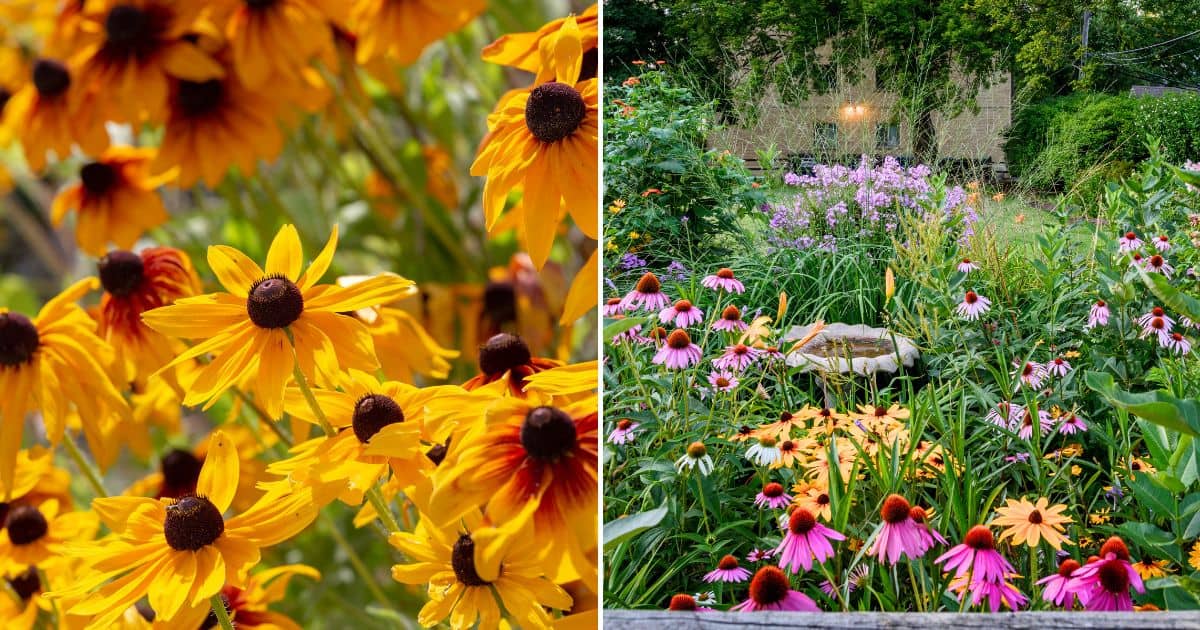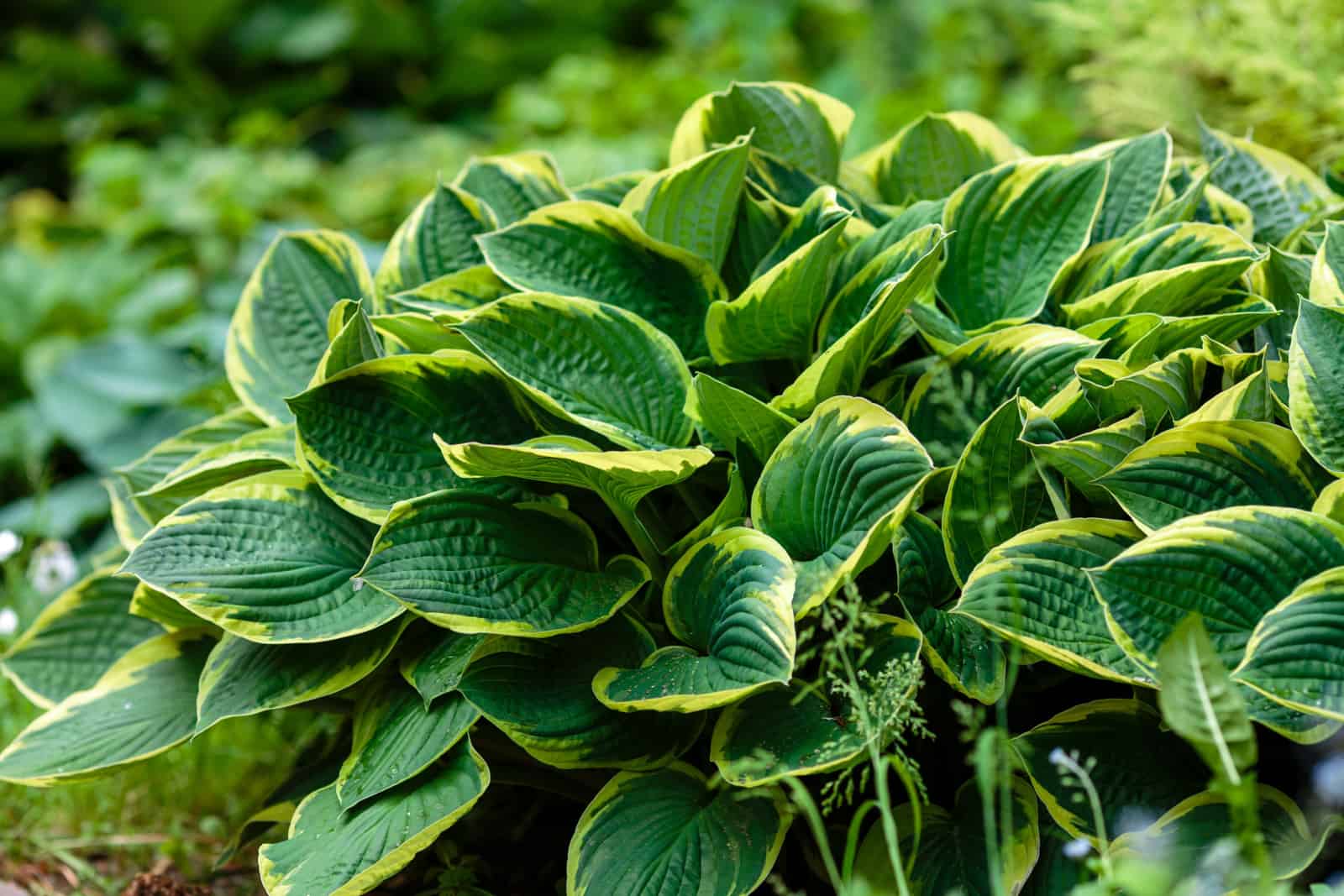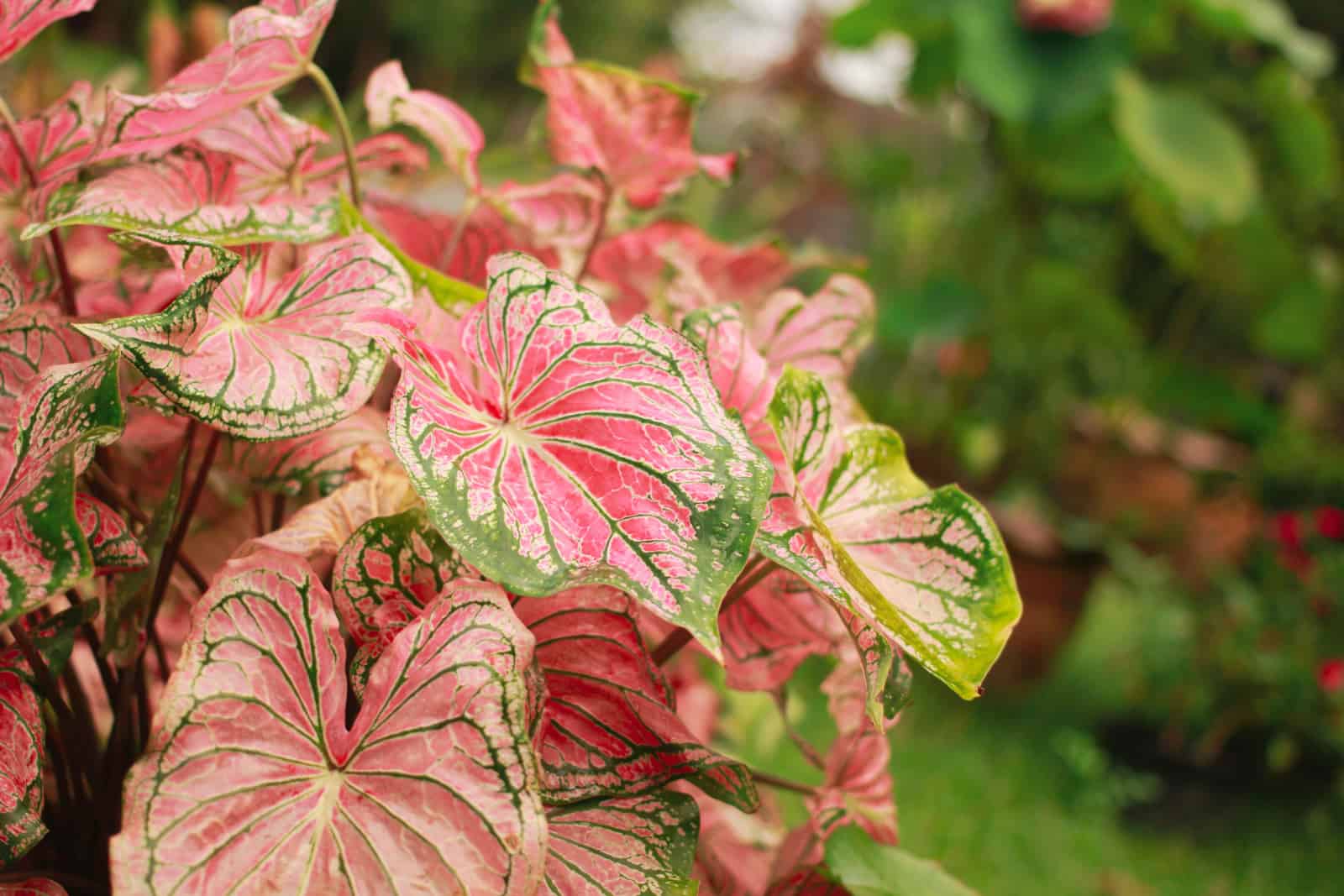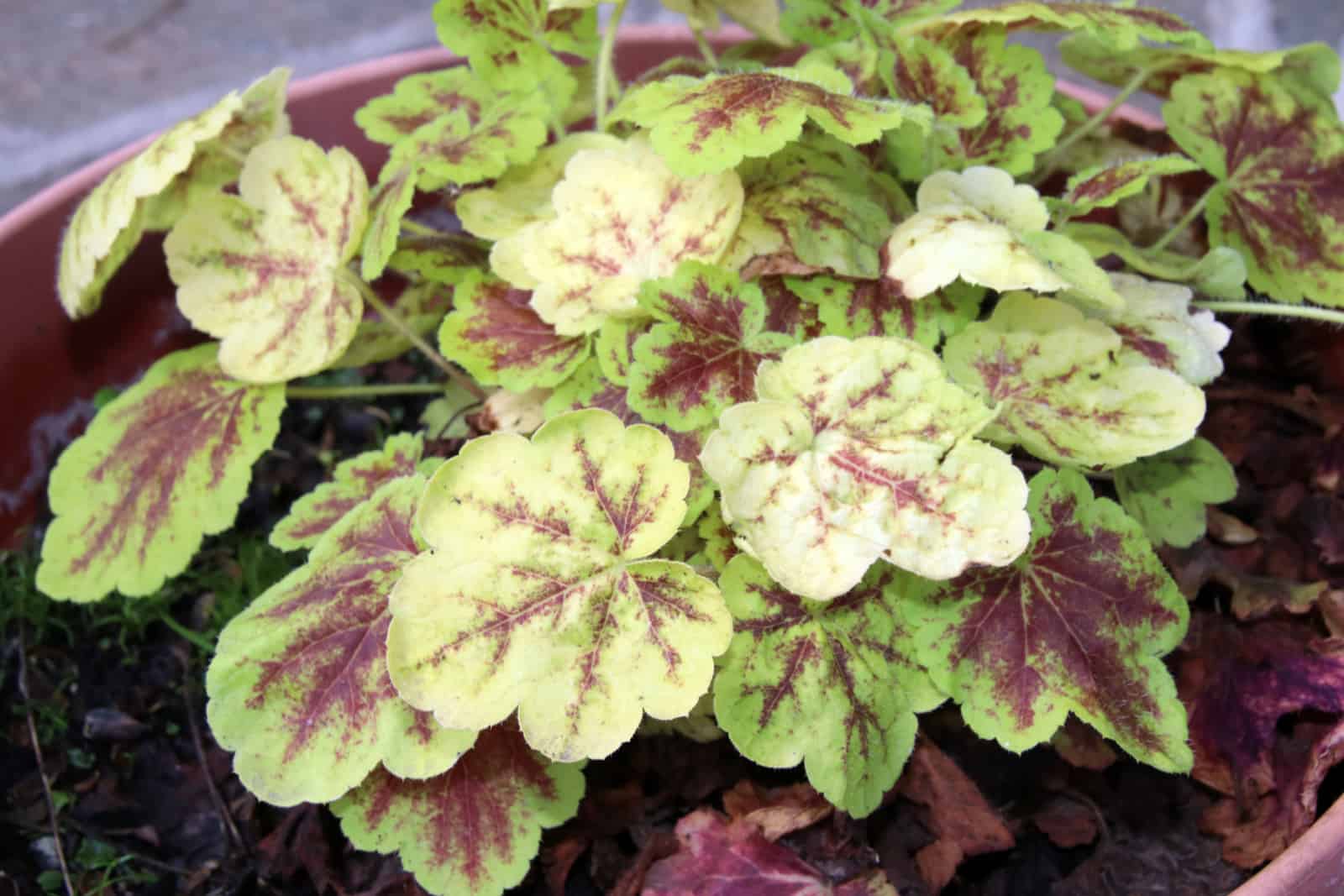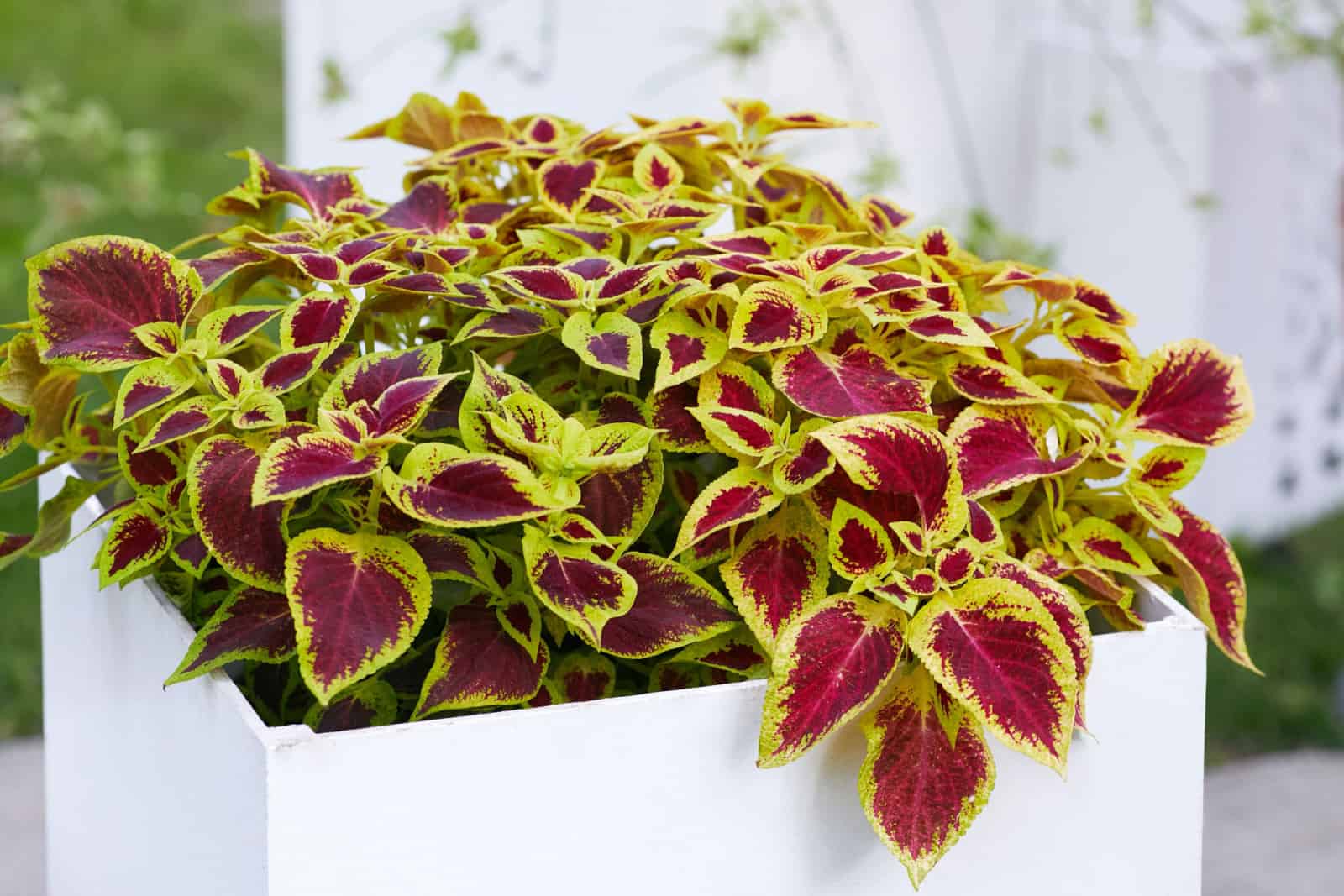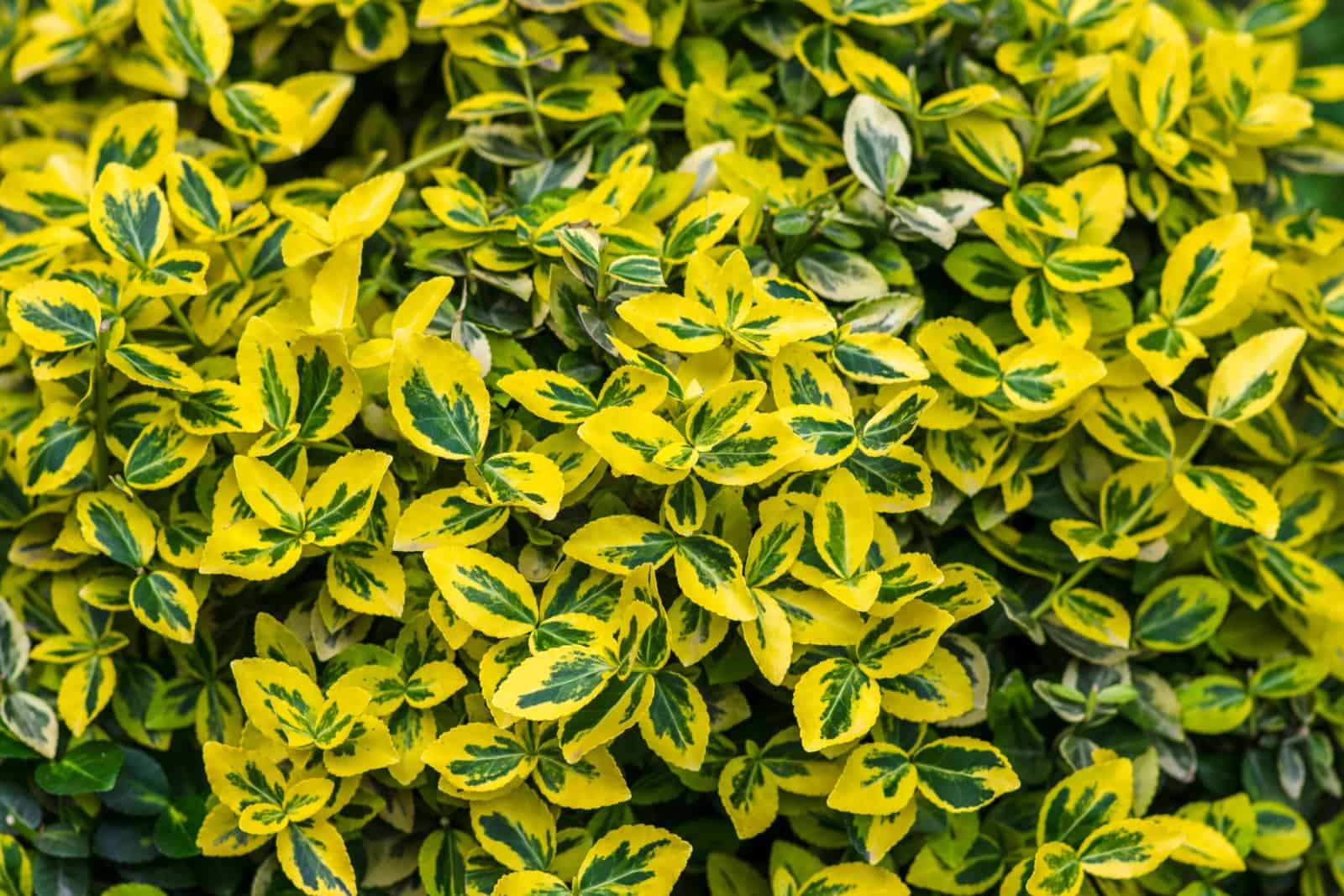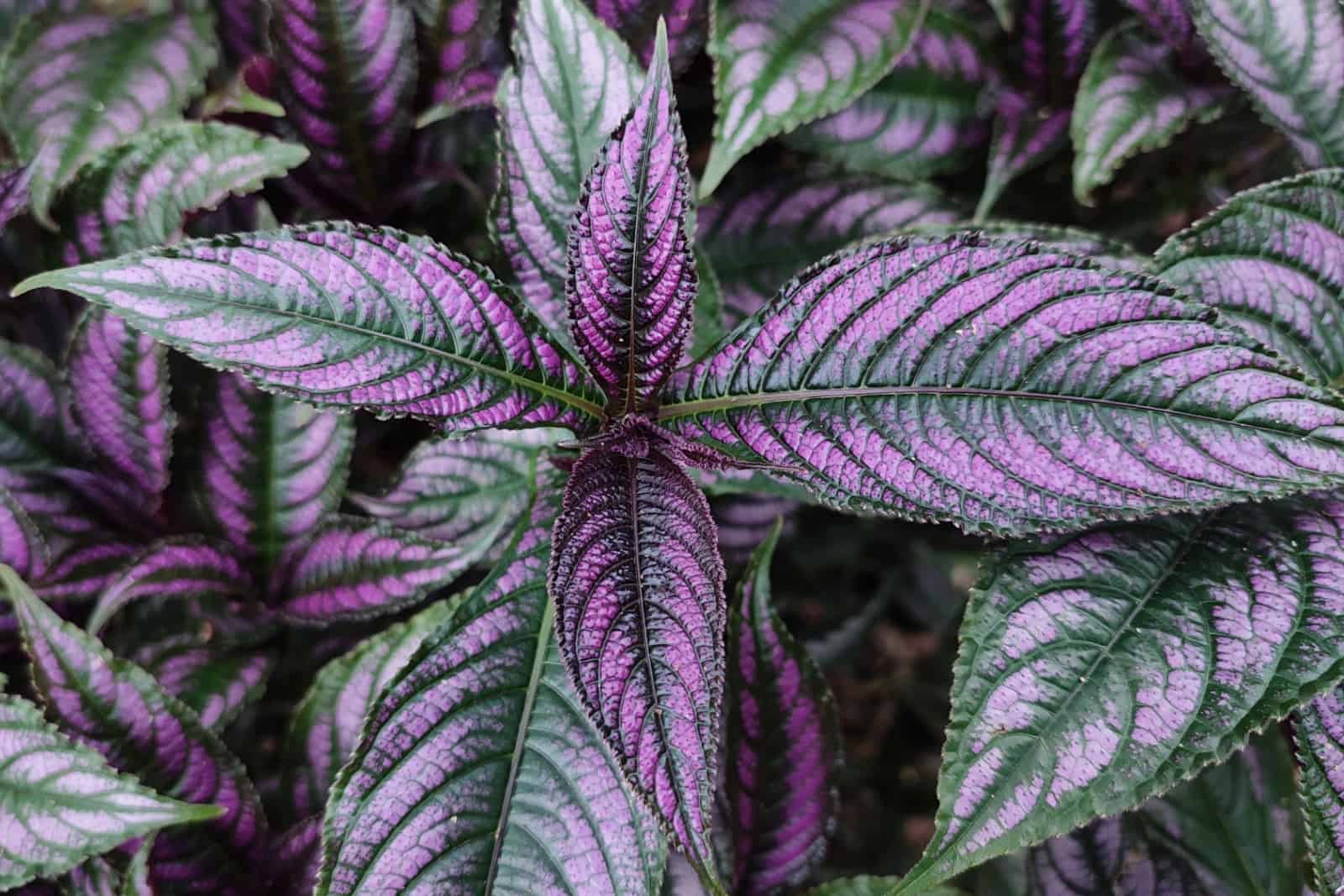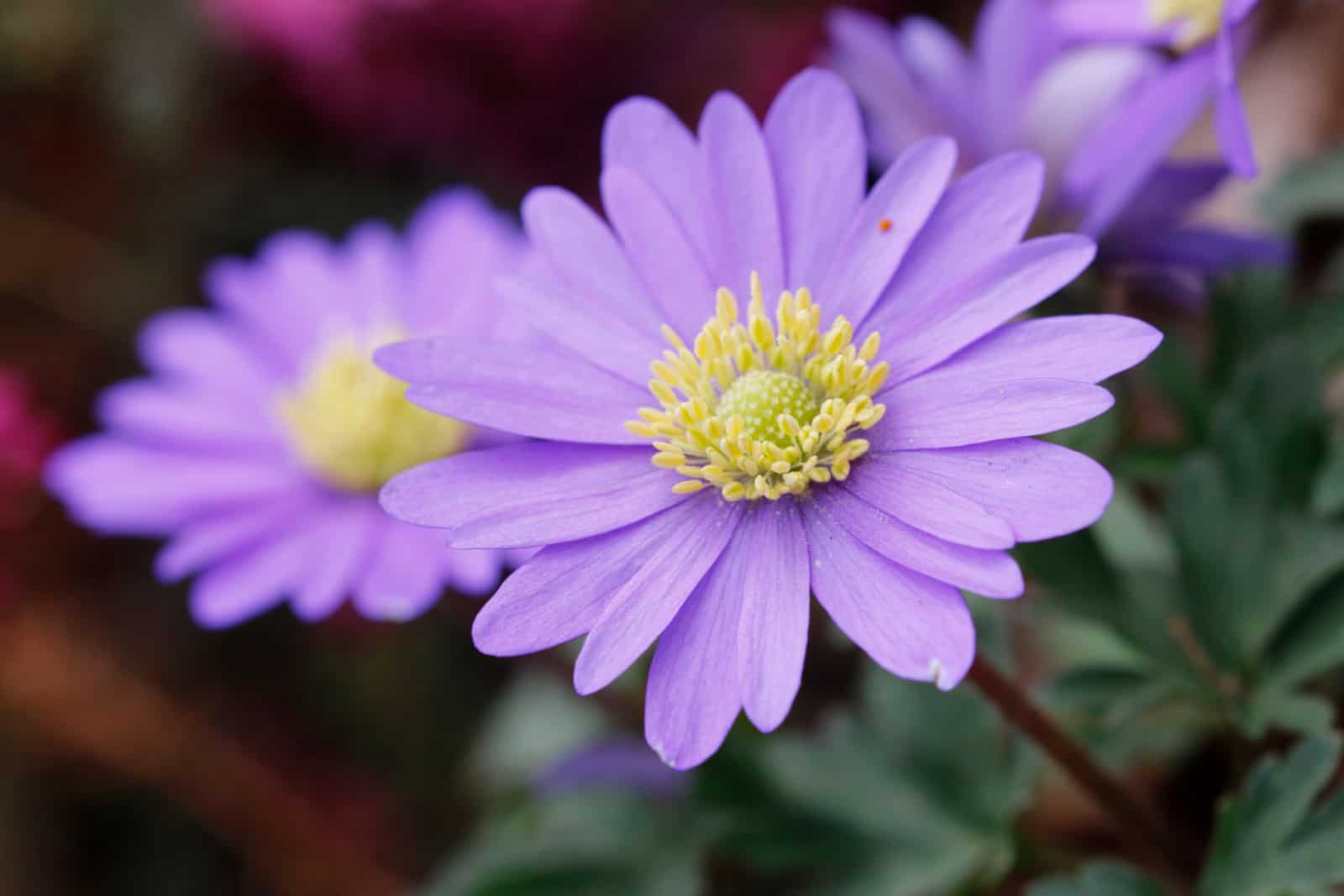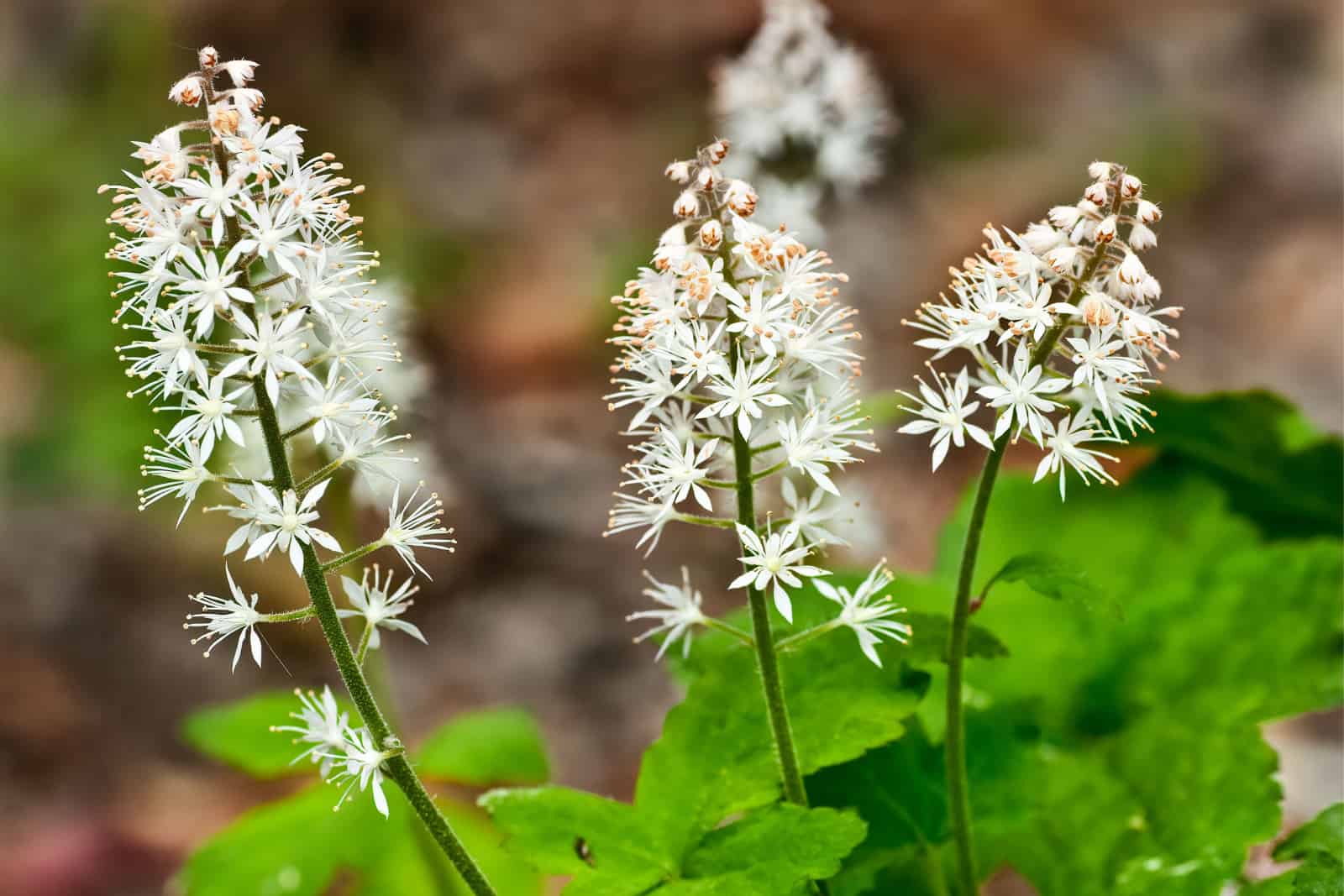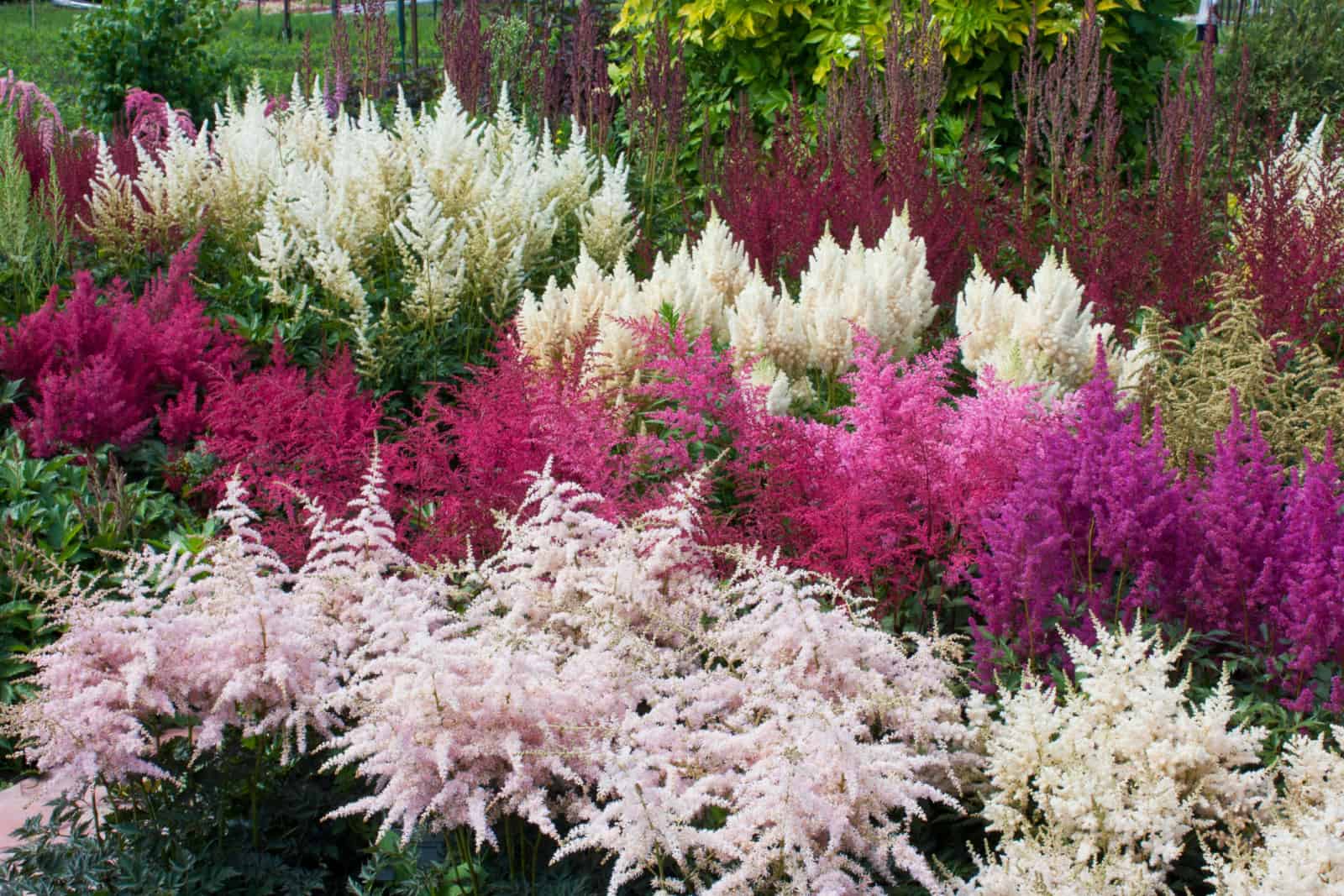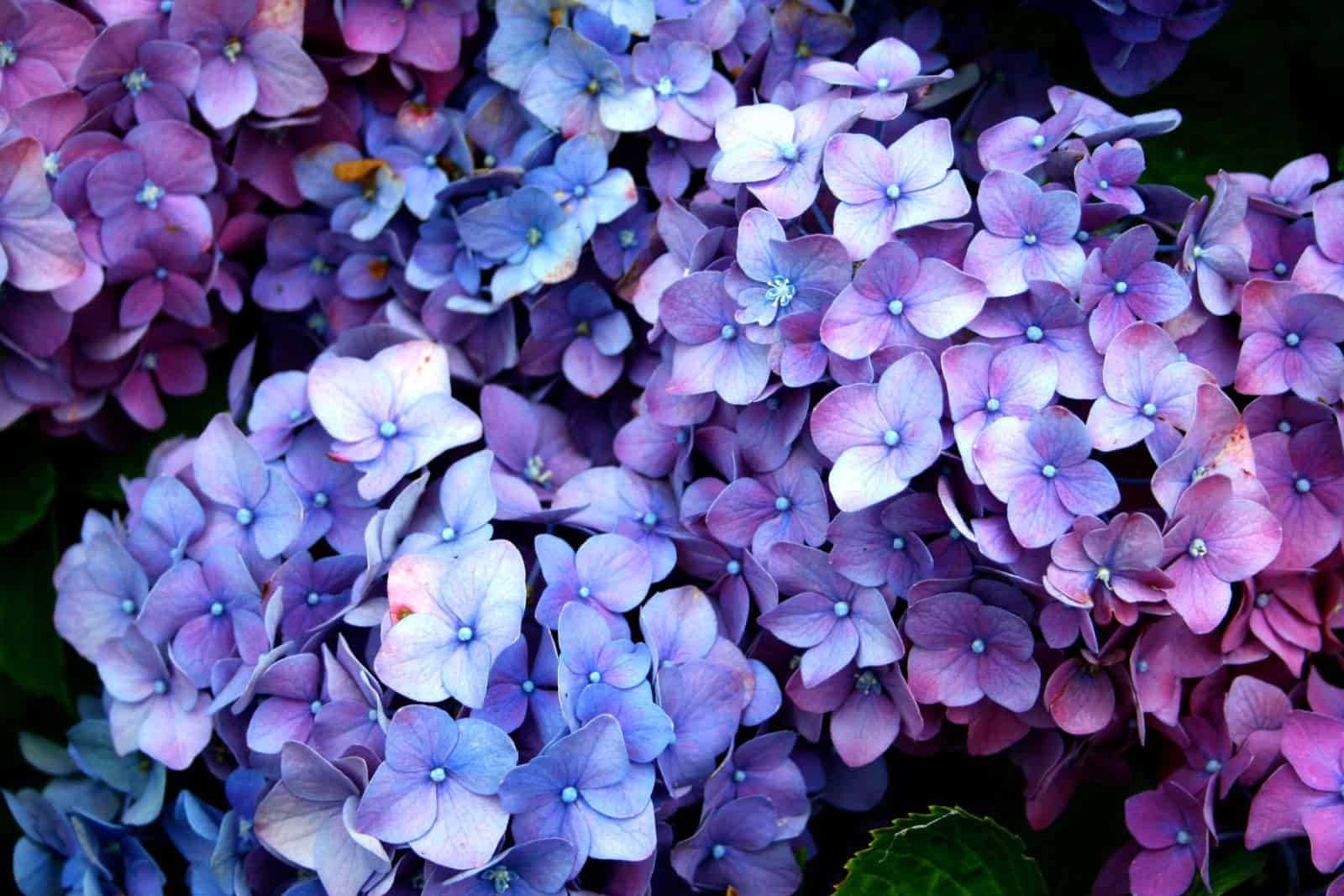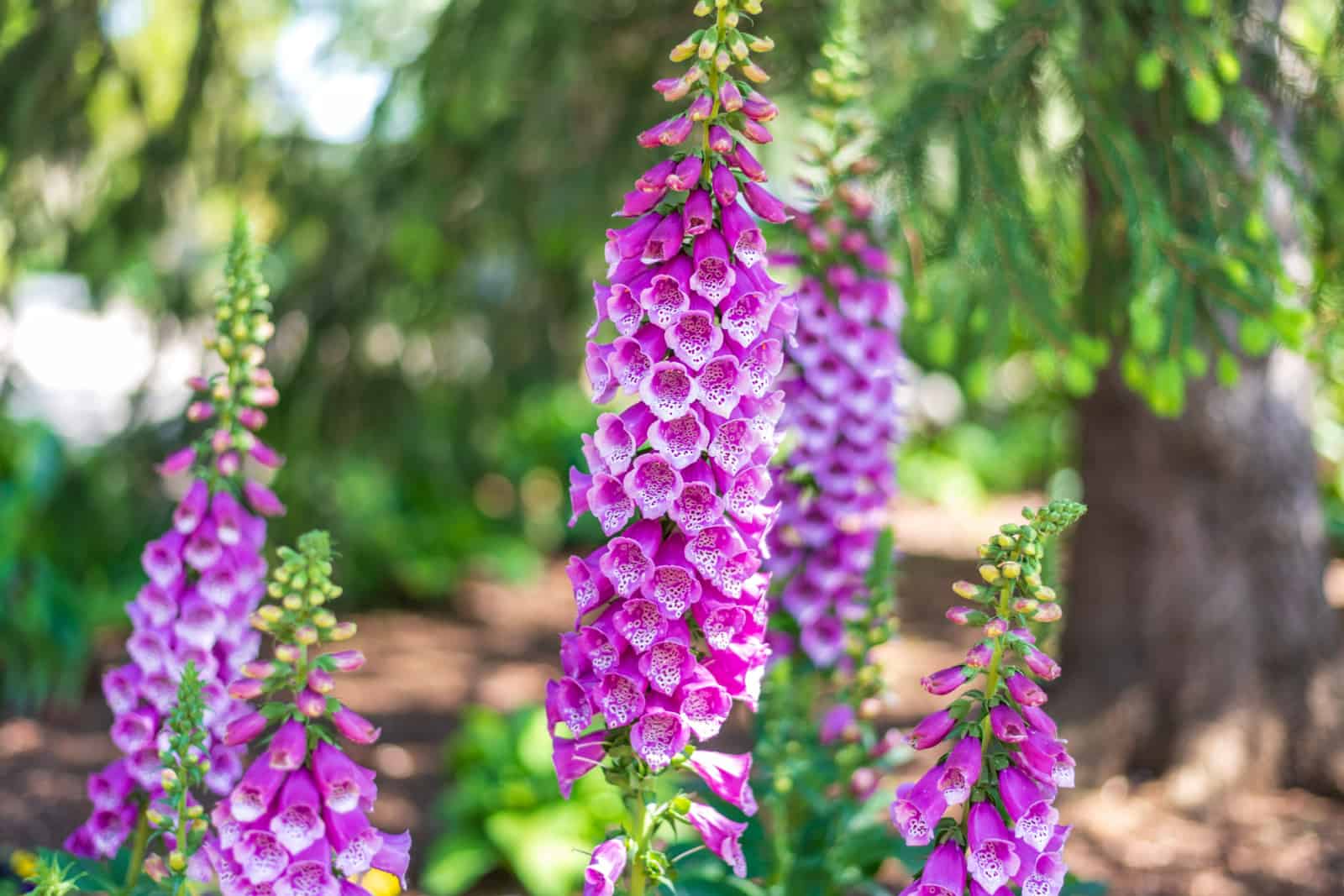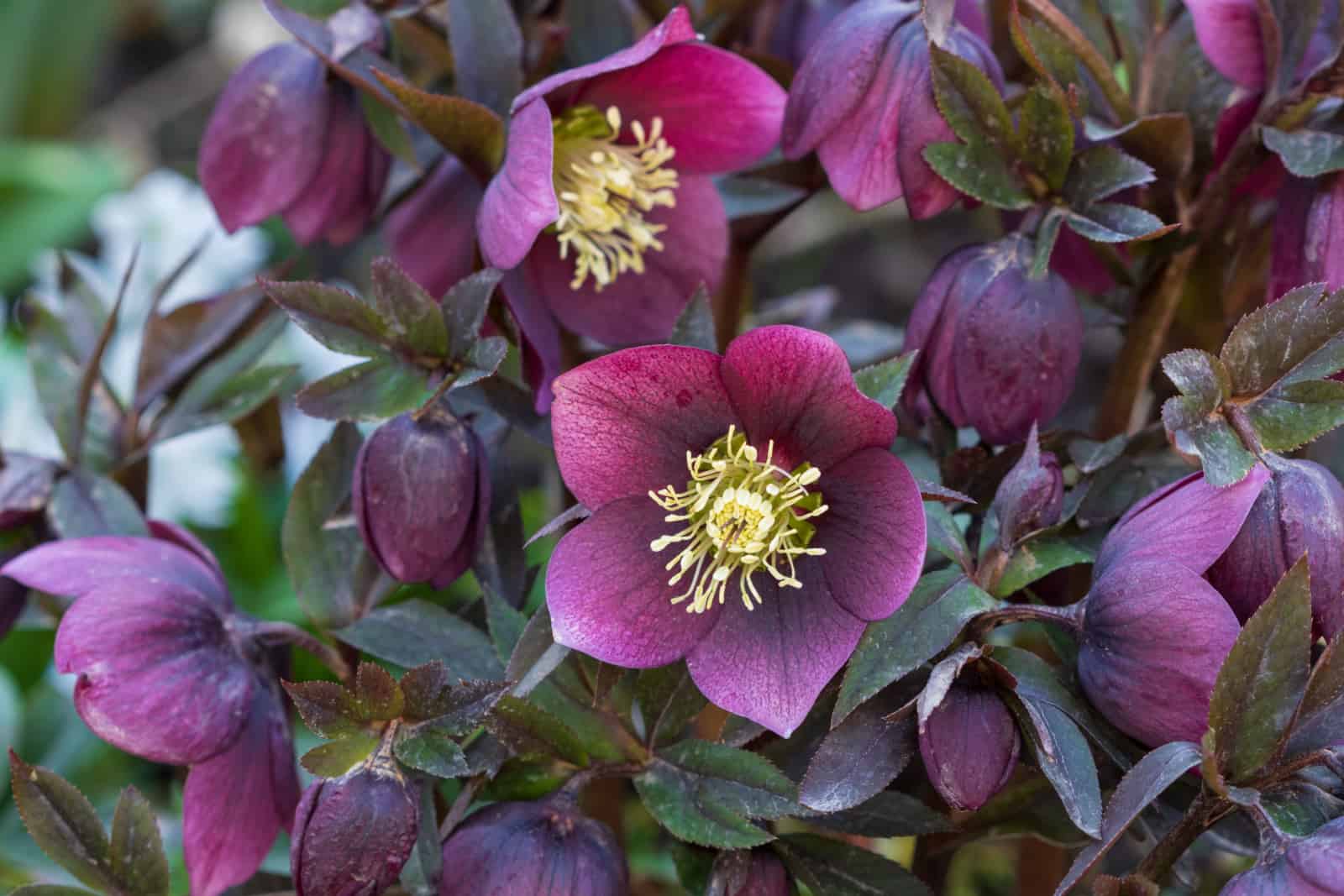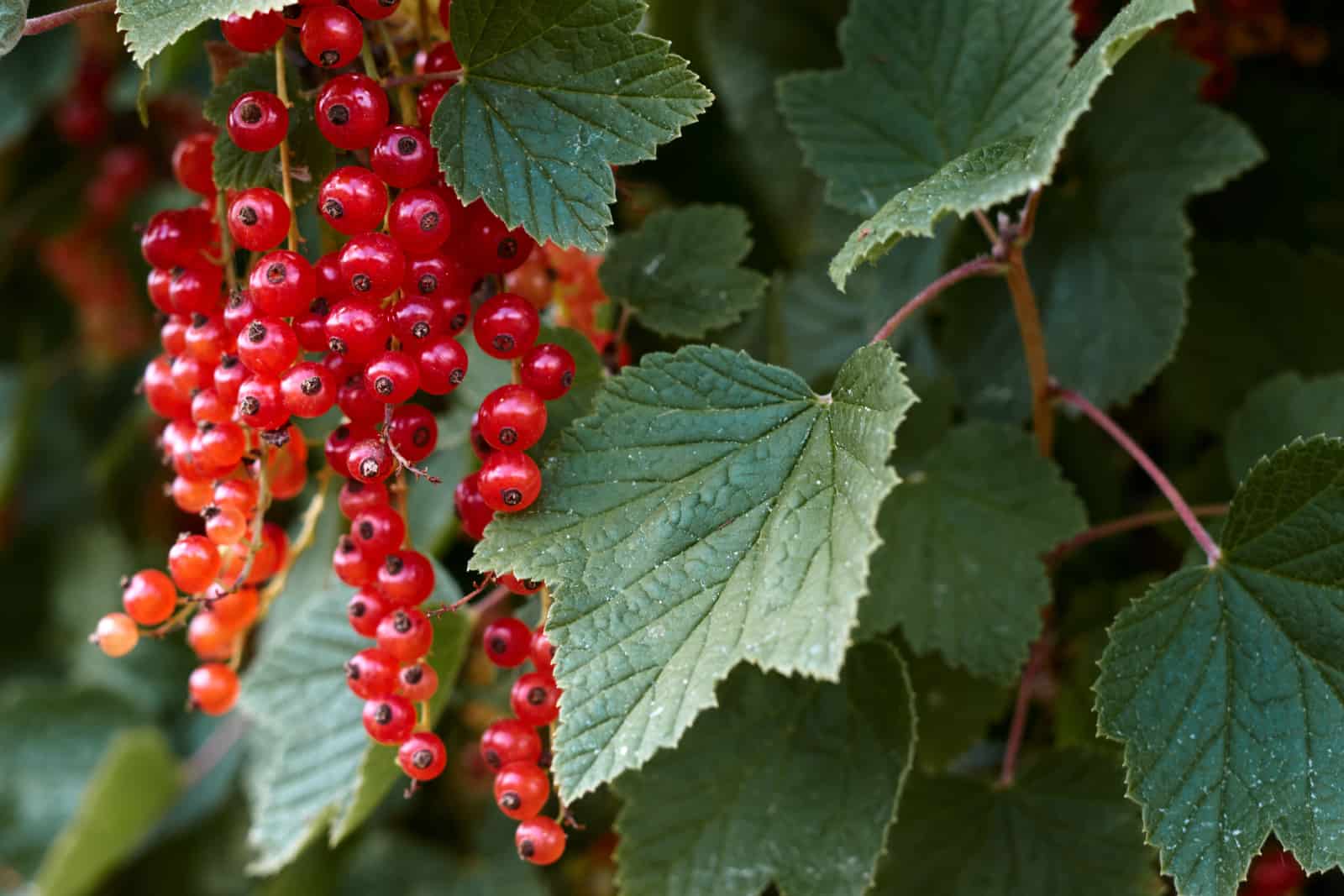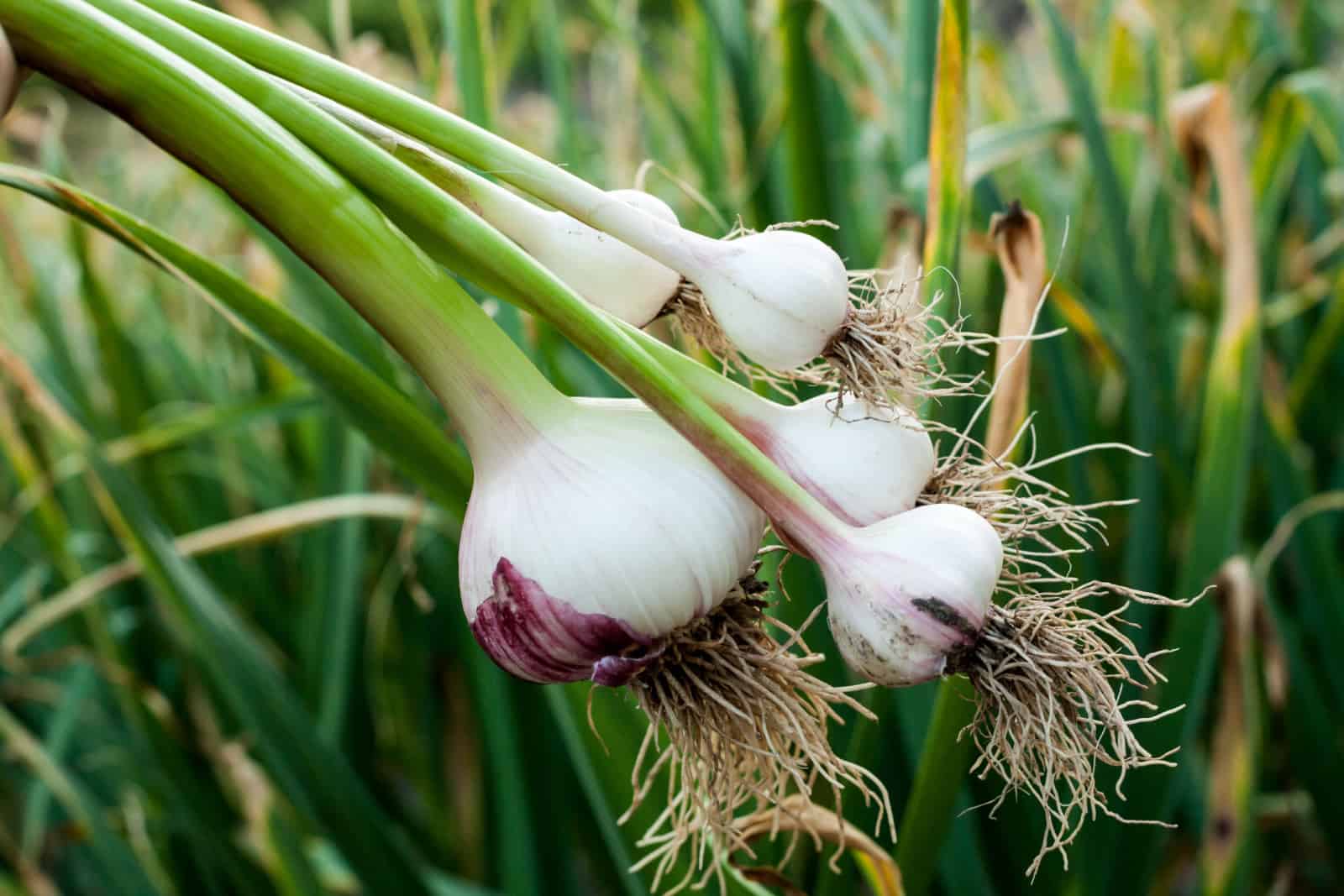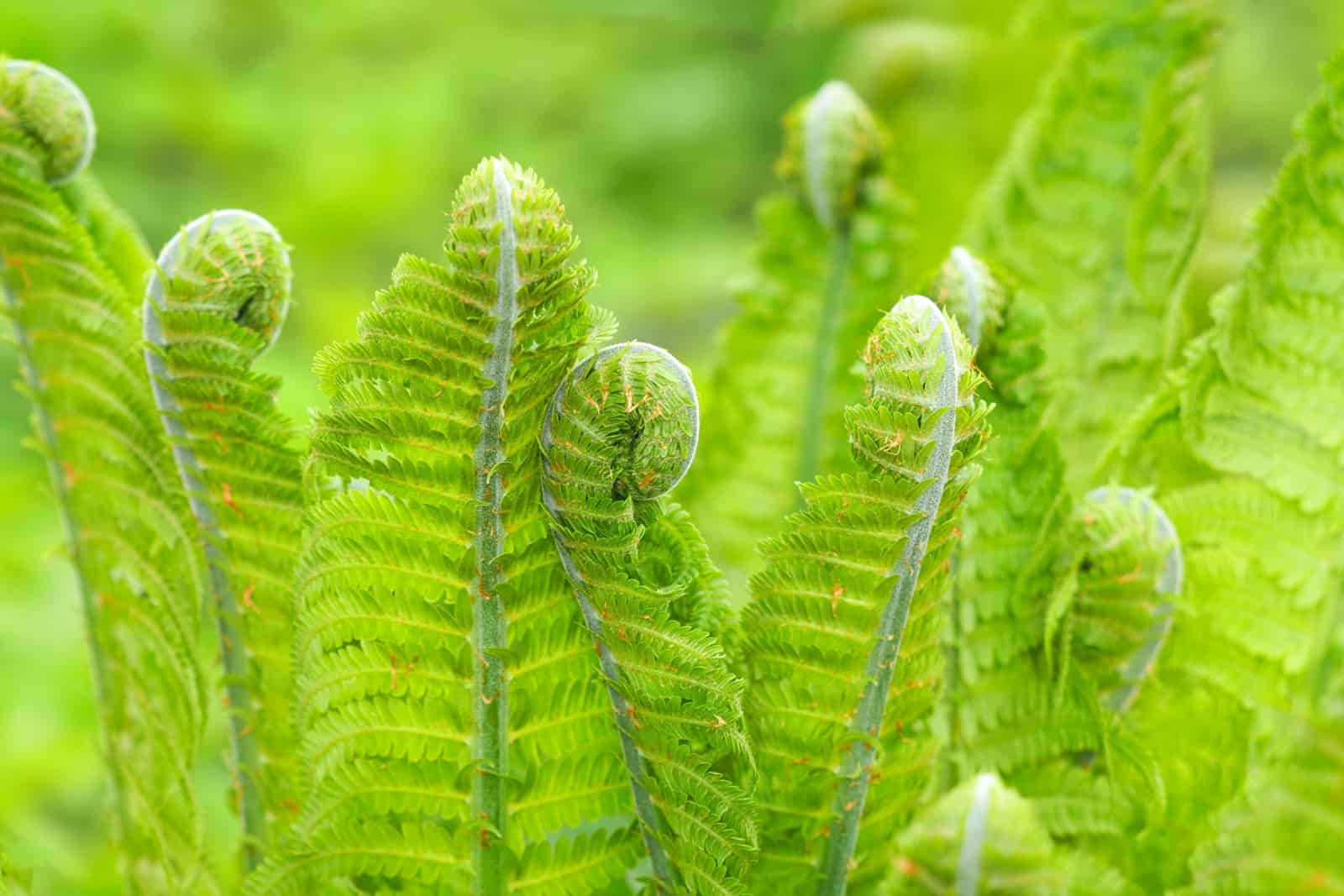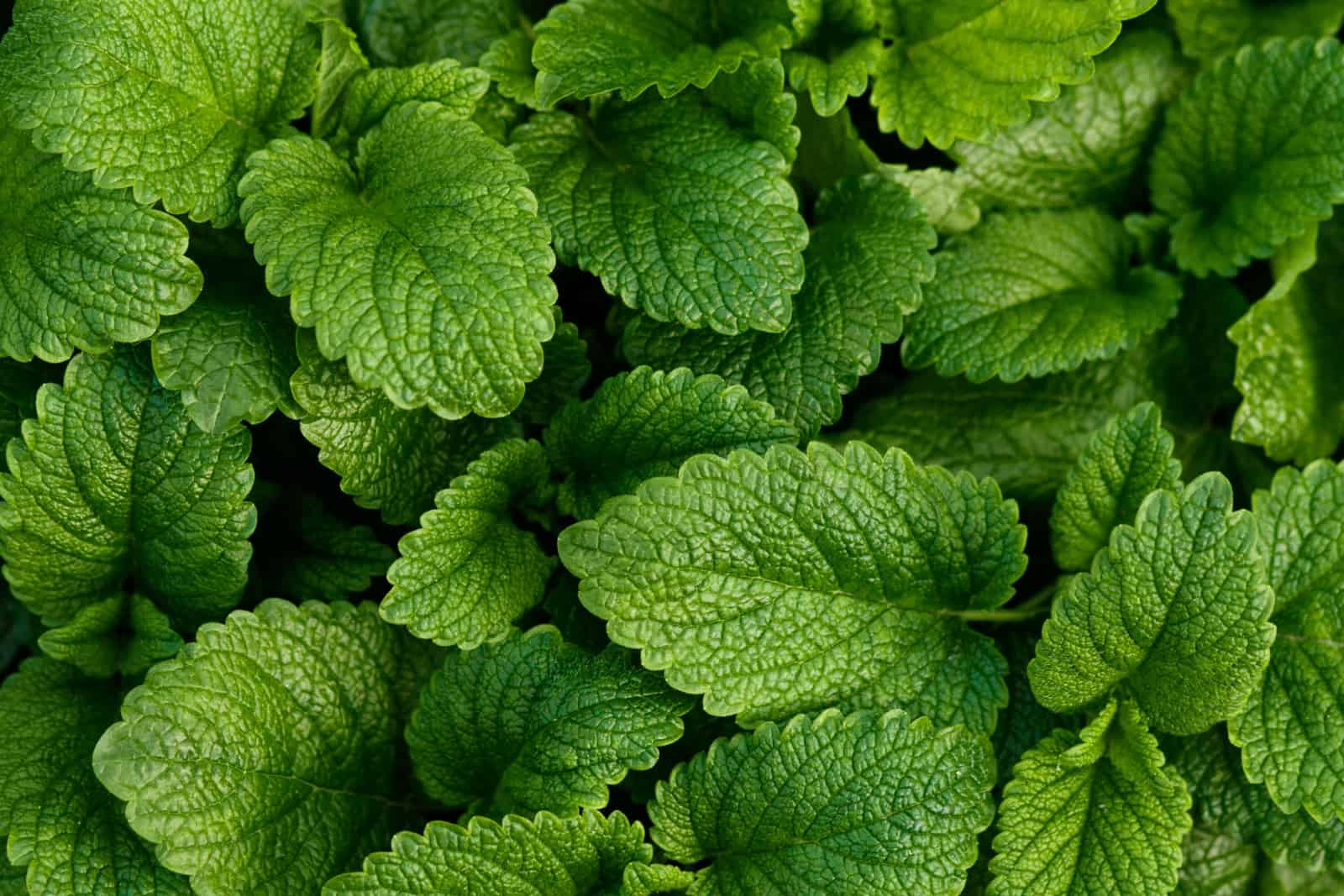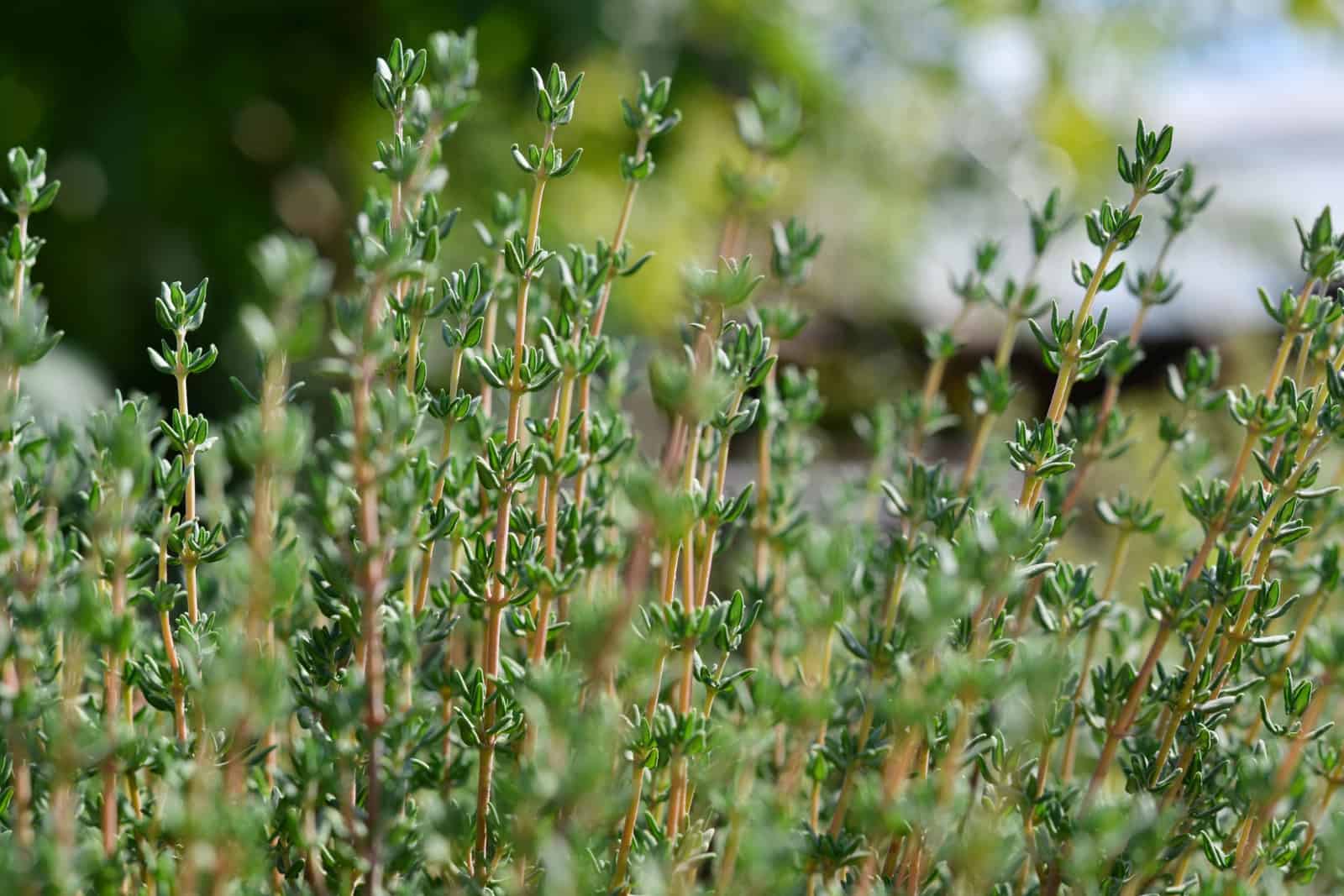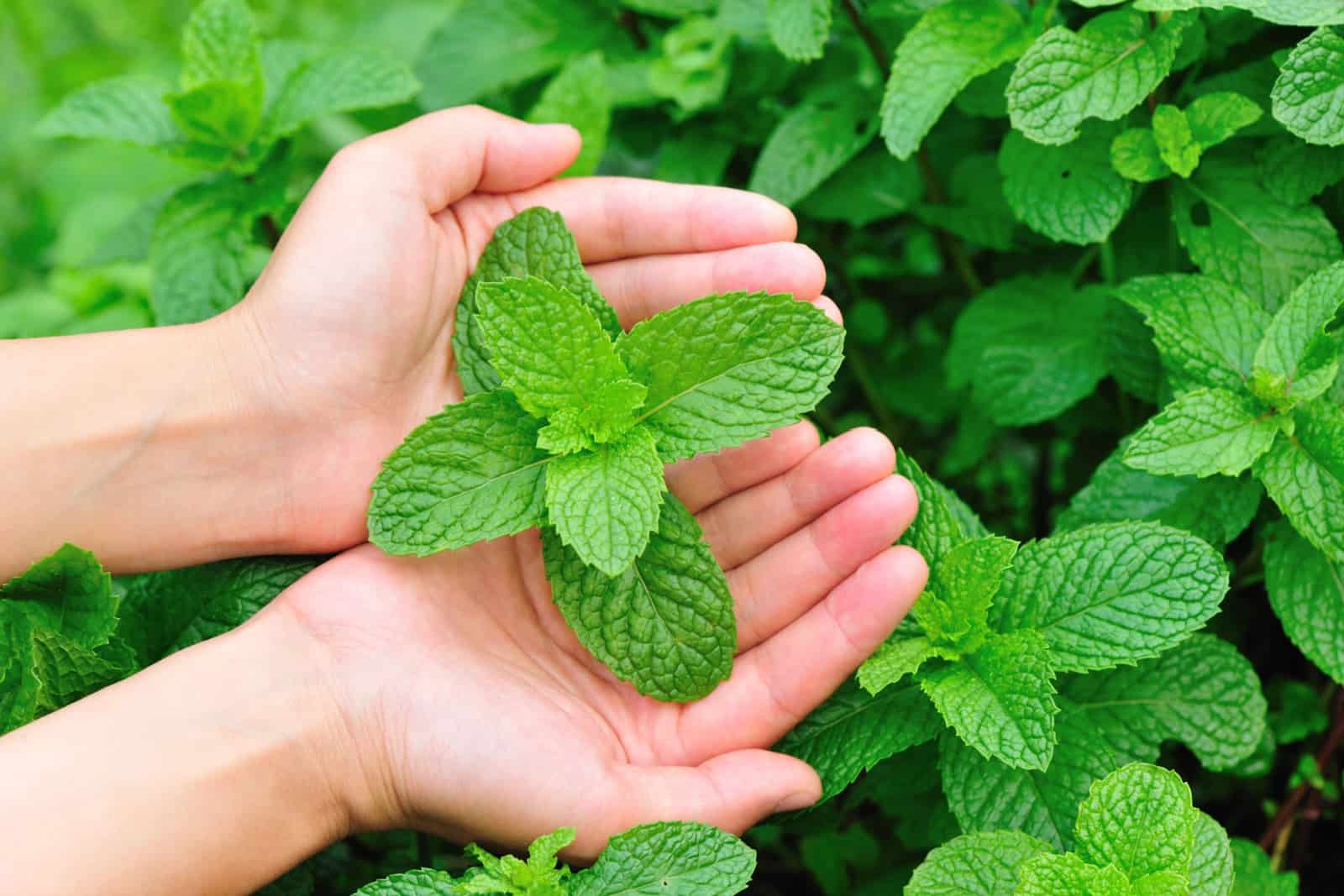Are you struggling to find the right plants for the shady areas in your garden? Don’t worry, we’ve got you covered!
You would be surprised by how many flowering plants don’t need full sun to produce colorful flowers, and they can really add some color to those dark areas in the garden. From vibrant flowering plants to delicious fruits, veggies, and herbs, there are many plants that will thrive in low-light conditions.
So if you are dealing with a lack of sunlight due to a nearby building or some towering trees, you can still create a thriving garden that’s bursting with life and beauty.
Keep reading to find out more about 17 gorgeous perennials that are perfect for shady areas so you can start planning your perfect garden today!
Know Your Garden Shade
Before we dive into shade loving perennials, let’s discuss what type of garden shade there is. You should figure this out before planting your flowers, fruits, or veggies.
If your garden is exposed to the South, it will receive sunlight for most of the day. In case of Western exposure, your garden would be in shade in the morning and then receive some afternoon sun.
Other factors like structures in or around your garden might also affect shade intensity. We can divide it into three types: partial, dappled, and full shade.
[table id=715 /]
A location is considered to have partial shade if it only receives sunlight for 3 to 6 hours per day. Dappled shade often provides plants with around three hours of sunlight per day. This is an area such as under a deciduous tree with robust branches.
A location in full shade receives almost no sunshine. These are usually places beneath coniferous trees or areas where a northern wall or building completely blocks light all day.
Foliage Plants For Shade
There are a lot of plants with beautiful foliage that can grow perfectly fine in shady environments. Here are some of my top picks:
1. Hosta
Scientific name: Hosta spp.
Plant size: Up to 4 feet tall
Light requirements: Partial shade, full shade
Hardiness zones: From 3 through 9
Hostas, otherwise known as the Queens of garden shade, are low-maintenance plants that produce gorgeous leaves with unique patterns and shapes. The color of the leaves might vary between green, yellow, and white, depending on the variety (there are over 6000 Hostas!).
This hardy plant can tolerate various growing conditions, though it thrives in moist fertile soil, which is why it needs regular watering.
Some varieties stay small, about 2 inches, while others can grow up to 4 feet tall. However, you can always prune the plant and maintain a certain shape and size.
2. Caladium
Scientific name: Caladium
Plant size: Up to 3 feet tall
Light requirements: Partial shade, full shade
Hardiness zones: From 10 through 11
Caladiums, also known as Angel wings, are exotic plants that exhibit arrow-shaped leaves in a range of colors from pure white to multi-colored variegation. Some cultivars produce vibrant red leaves that are great for a pop of color in dark corners of your garden!
They grow best in warm soil and temperatures above 70 degrees Fahrenheit. The plant should be watered when the top few inches of the soil dry out.
3. X Heucherella
Scientific name: x Heucherella tiarelloides
Plant size: Up to 15 inches tall
Light requirements: Full sun, partial shade
Hardiness zones: From 4 through 9
The X Heucherella is a hybrid plant produced by crossing a Heuchera (coral bells) and Tiarella (foamflower). The plant produces heart-shaped leaves with a pale green to yellow color. Heucherella blooms have a frothy appearance and resemble the foamflower. They come in pink, cream, and white hues.
This plant is not difficult to grow – all you have to do is make sure that it receives just enough water as it’s prone to overwatering. It must also grow in well-draining soil. Gardeners usually grow it as a border plant.
4. Coleus
Scientific name: Plectranthus, syn. Solenostemon
Plant size: 2-5 feet tall
Light requirements: Partial shade, full shade
Hardiness zones: From 10 through 11
This is a tropical plant with numerous varieties that produce attractive and vibrant foliage. Coleus is often found on the list of plants with beautiful red leaves. It can be used as a stand-alone accent, in large groups as bedding plants, or in front of a mixed border.
It is easily propagated from cuttings and requires moist, loose soil. It thrives in temperatures above 60 degrees Fahrenheit.
5. Golden Euonymus
Scientific name: Euonymus japonicus ‘Aureo-marginatus’
Plant size: Up to 6 feet tall
Light requirements: Partial shade, full sun
Hardiness zones: From 6 through 9
The golden euonymus is a compact evergreen shrub with alluring green and yellow foliage. It is a perfect plant to grow as a hedge, though you can grow it as an accent plant as well. As well as their beautiful golden leaves, they are also known for their easy plant care!
All these shrubs need is some sun and weekly watering. You can also fertilize them during the growing season to encourage leaf development.
6. Persian Shield
Scientific name: Strobilanthes dyerianus
Plant size: Up to 5 feet tall
Light requirements: Partial shade, full sun
Hardiness zones: From 10 through 11
If you love purple houseplants, then you are definitely going to love Persian shield plants!
This plant exhibits vibrant, reflective violet leaves with prominent veins on the surface. The crystal-like structures on the leaves make it look like this plant is actually glowing. It can be cultivated both indoors and outdoors.
The Persian shield plant can grow in full sun and partial shade. It prefers growing in acidic soil and should be watered once the topsoil has dried out. Fertilization is required during the growing season.
Flowering Plants For Shade
Filling your garden with lots of different flowers is always a good idea. Although most flowering plants require full sun for proper growth, luckily there are still some that can grow in shady places.
Let’s meet them!
1. Windflower
Scientific name: Anemone blanda
Plant size: Up to 3 feet tall
Light requirements: Partial shade, full sun
Hardiness zones: From 5 through 8
The windflower is a famous French flower. It’s a self-seeding plant that stays relatively low on the ground. It spreads rapidly and forms clusters of daisy-like flowers that can vary in color between purple, blue, pink, and white.
They thrive in well-draining and nutrient-rich soil. Once established, they require minimal watering.
2. Foamflower
Scientific name: Tiarella
Plant size: Up to 12 inches tall
Light requirements: Partial shade, full shade
Hardiness zones: From 4 through 9
The foamflower is a hardy perennial plant. It has unique heart-shaped, lobed leaves that stay green all year round in milder regions. The plant also produces relatively tall foamy flowers that bloom for long periods of time.
This flowering plant prefers fertile and well-draining soil. While it can tolerate some morning sun, it’s best to keep it in a shady area.
3. Astilbe
Scientific name: Astilbe spp.
Plant size: Up to 4 feet tall
Light requirements: Partial shade, full shade
Hardiness zones: From 4 through 8
Astilbe produces colorful flower plumes that combine perfectly with dark green and feathery foliage. This plant starts blooming in the summer after many other woodland plants have already finished their blooming period.
Depending on the cultivar, the flower color can vary between pink, peach, white, and deep red.
When it comes to plant care, the astilbe thrives in moist, fertile soil. You can grow them as border plants or single plants in containers.
4. Hydrangea
Scientific name: Hydrangea
Plant size: Up to 20 feet tall
Light requirements: Partial shade, full shade
Hardiness zones: From 5 through 11
Hydrangeas are deciduous shrubs that produce mesmerizing clusters of small colorful flowers. The flower color might vary depending on the variety and the soil’s pH. If the soil is more acidic, the flowers will be blue [1].
I absolutely love hydrangeas because there are so many different colors on just one shrub. They are also super easy to take care of!
It is a drought-tolerant shrub once established. This hardy plant can grow in various conditions, but thrives in moist, well-draining soil.
5. Foxglove
Scientific name: Digitalis
Plant size: Up to 8 feet tall
Light requirements: Full sun, partial shade
Hardiness zones: From 4 through 8
The foxglove is a flowering plant that produces beautiful bell-shaped flowers with a mesmerizing fragrance. Because of this, foxglove is one of the flowers that can attract hummingbirds and butterflies to your garden.
Foxgloves require proper drainage and constantly moist soil. It can tolerate both full sun and partial shade, just be sure to never ingest any of this plant because it is very poisonous!
6. Hellebore
Scientific name: Helleborus
Plant size: Up to 4 feet tall
Light requirements: Full shade, partial shade
Hardiness zones: From 4 through 9
Hellebores are famous because of their long blooming period. This plant produces cup-shaped flowers with a greenish-pink color. They combine perfectly with the alluring evergreen leaves.
These plants can tolerate different light conditions, but prefer growing in well-draining and fertile soil. They also require an inch of water once a week during the growing season.
Fruits & Vegetables For Shady Gardens
If you want to grow some fruit and veggies in shady parts of your garden, here are some that can grow perfectly fine without full sun exposure!
1. Currant
Scientific name: Ribes spp.
Plant size: Up to 6 feet tall
Light requirements: Partial shade, full sun
Hardiness zones: From 3 through 8
The currant is a medium-sized shrub that produces edible fruit. Some famous varieties include blackcurrant and red or pinkcurrant. The berries are often preserved to make juices and jams, although they can be eaten fresh.
I often use redcurrants to make a delicious cheesecake. Here’s the recipe if you want to try it out.
Currants prefer well-draining soil and should be watered regularly during the growing season. They can be propagated through cuttings and should be pruned annually to encourage fruit production.
2. Garlic
Scientific name: Allium sativum
Plant size: Up to 3 feet tall
Light requirements: Partial shade, full sun
Hardiness zones: From 2 through 10
Garlic is a bulbous plant that produces delicious white bulbs that you can eat. Since it is typically grown as an annual, it needs to be replanted every autumn for a summer harvest the following year. If you leave a few plants in the ground after harvest, they will produce seeds and come back next year.
When it comes to plant care, it requires a couple of hours of sunlight exposure each day. It should be grown in well-draining soil and needs watering once a week during the growing season.
3. Swiss Chard
Scientific name: Beta vulgaris subsp. cicla
Plant size: Up to 2 feet tall
Light requirements: Full sun, partial shade
Hardiness zones: From 3 through 10
Swiss chard is a leafy vegetable that’s packed with vitamins and minerals. This is one of the best greenhouse vegetables and quite easy to grow. They require well-draining and fertile soil.
It should be planted together with beans, onions, or brassicas. Fertilization is required twice during summer.
4. Ostrich Fern
Scientific name: Matteuccia struthiopteris
Plant size: Up to 5 feet tall
Light requirements: Full shade, partial shade
Hardiness zones: From 3 through 7
Ostrich ferns are large clumping ferns that can add a tropical feel to shady gardens. They are often added to fill out empty spaces. They have fiddleheads that are curly at first, but eventually unroll and mature into long, broad fronds.
They prefer moist, well-draining soil and part shade to full shade. Ostrich ferns can be propagated through division and should be cut back in the fall to promote new growth.
You should wait about 3 years for the plant to establish. Then, you can harvest these tightly packed fiddleheads and use them for culinary purposes. Fiddleheads can be boiled, steamed, roasted, or sauteed.
Herbs For Shade
Our last stop is herbs. Herbs are one of the easiest plants to grow in the garden. You can combine them with lots of different plants since most of them don’t take up a lot of space, and they also don’t need many nutrients for growth.
1. Lemon Balm
Scientific name: Melissa officinalis
Plant size: Up to 3 feet tall
Light requirements: Partial shade, full shade
Hardiness zones: From 3 through 7
Lemon balm is a fragrant herbaceous plant that is usually grown to attract pollinators and beneficial insects to the garden. Due to their unique citrusy aroma, they are often used to make teas, salads, soups, sauces, and so on.
These herbs grow best in well-draining soil. They can grow fine in partial shade and full shade, and should be pruned regularly to prevent it from becoming too woody.
2. Thyme
Scientific name: Thymus vulgaris
Plant size: Up to 16 inches
Light requirements: Full sun, partial shade
Hardiness zones: From 5 through 9
Thymus vulgaris, otherwise known as Common thyme, is a low-growing shrub with flat, angular, fragrant green leaves. This type of thyme is often used as a ground cover, though it can be used for culinary purposes too. It is also used to create essential oils.
It should be dealt with carefully because it can become invasive. Once established, thyme doesn’t really have any requirements. It is a drought tolerant plant that can grow in different soil types, although it thrives in a well-draining substrate.
3. Mint
Scientific name: Mentha spp.
Plant size: Up to 2 feet tall
Light requirements: Partial shade, full sun
Hardiness zones: From 5 through 9
Mint is a low-maintenance herbaceous plant that can be used in a variety of dishes and beverages. It is a flavorful herb that thrives in moist, well-draining soil. It should be dealt with carefully because it might get invasive.
I hope you enjoyed learning about all these wonderful shade loving perennials!
Until next time.
References: 1. Wax Haylee. How pH affects the color of a hydrangea. North Dakota State University.

